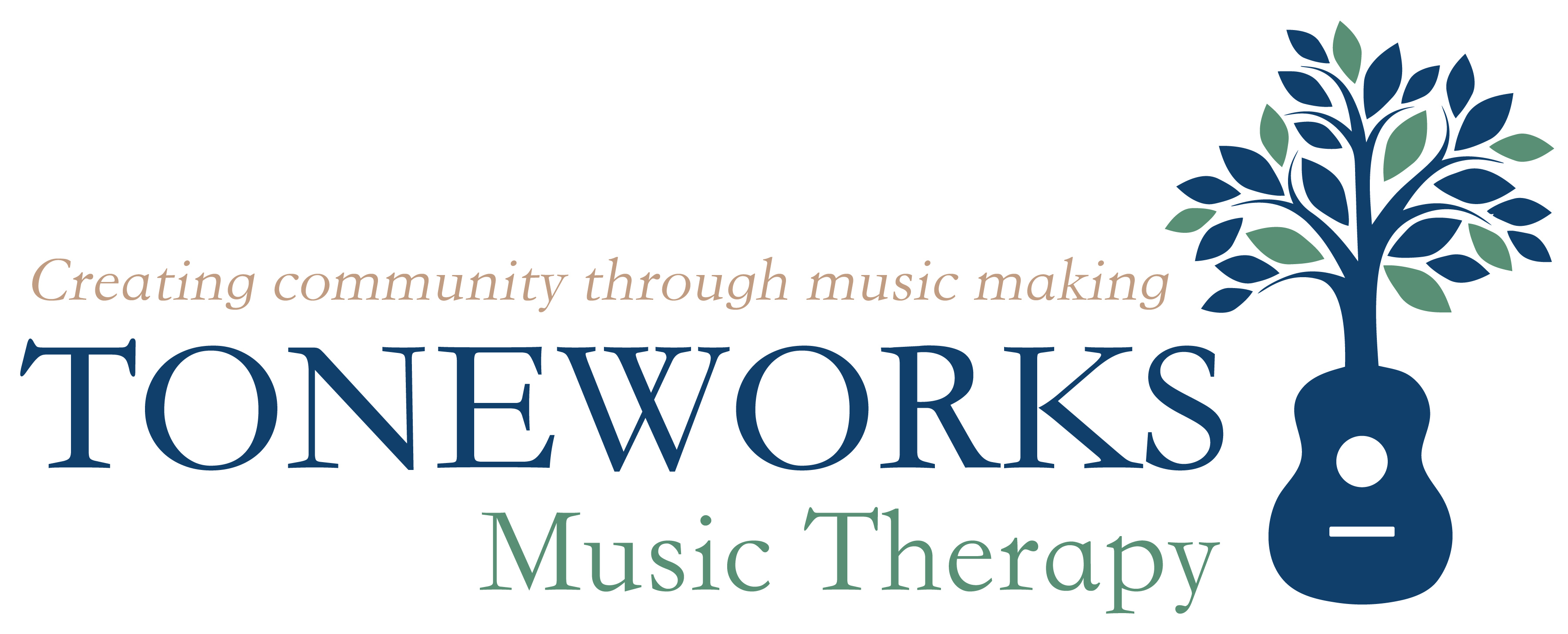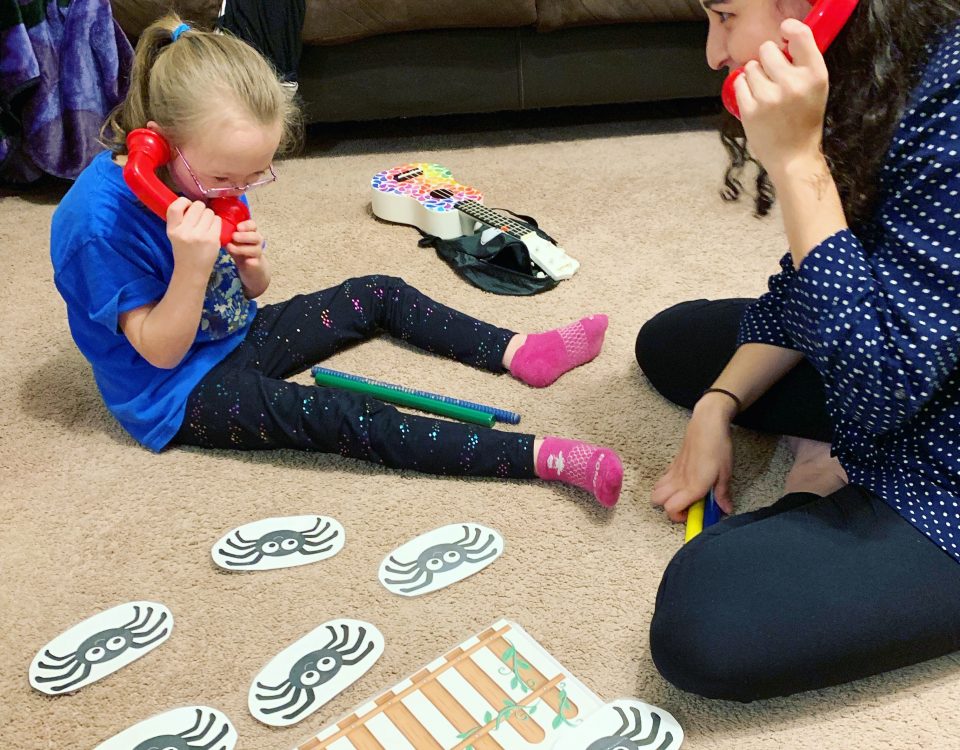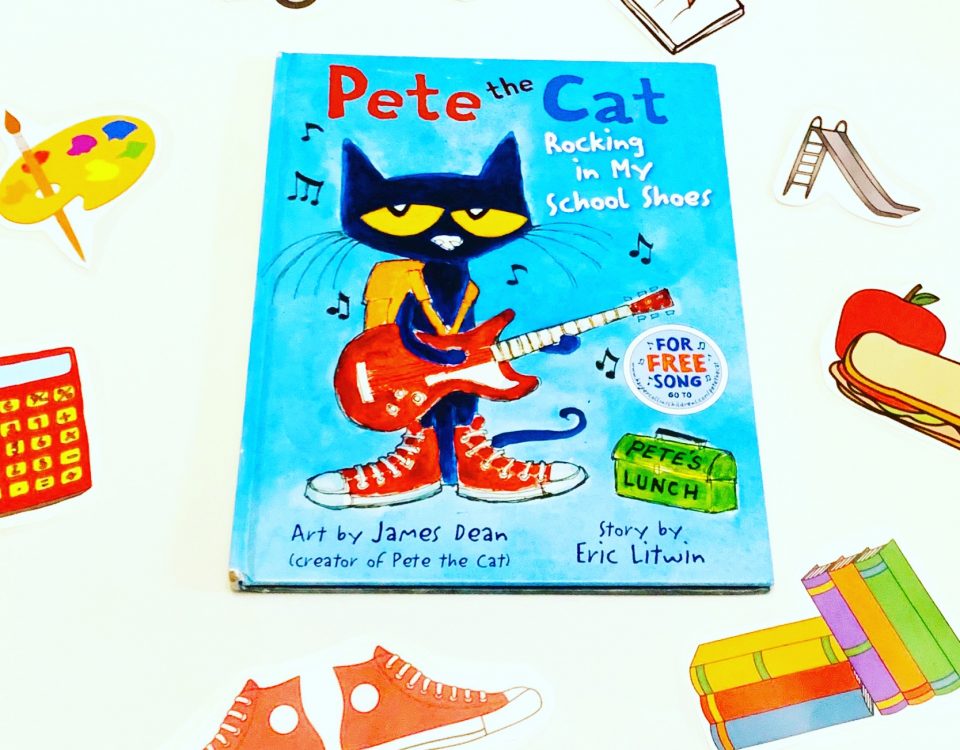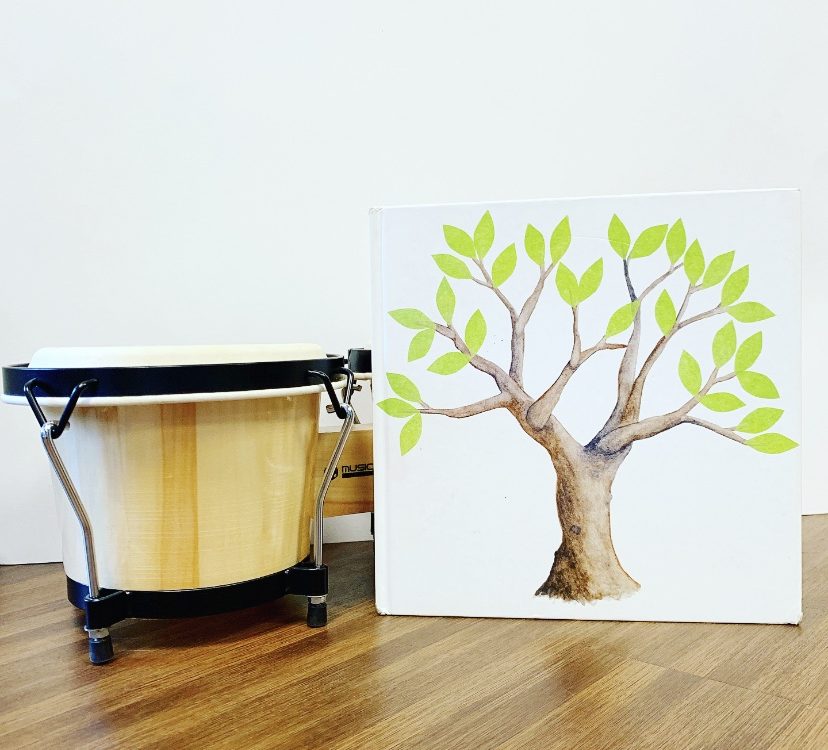Wordless Wednesday: {2.06.13}
February 6, 2013Monday Music & Movement: {Move Your Scarves Everybody}
February 11, 2013Image via Wikipedia
One of the first things I did when I got to my internship was read, play, and sing through every music book that my internship site, The Family Partnership, had in the bookshelves. One gem that my senior intern (hey Shana!) shared with me was the book “101 Rhythm Instrument Activities for Young Children“. The book is geared towards music educators working with young children, but music therapists can make plenty of transfers for music therapy sessions. I would recommend this book to any new music therapy student, intern, or professional!
Image via Amazon
The therapeutic music intervention that I want to share today comes out of the “101 Rhythm Instrument Activities for Young Children”. The goals that may be addressed in this intervention are turn taking/waiting, cooperation, positive peer statements, and making a choice.
Materials needed: Tape for the “tightrope”, one jingle bell wristband, and song of your choice.
Depending on your setting, the song of choice may be a calming one or a rousing song. I always like to use “The Entertainer” because it can be looped endlessly and doesn’t get the children too amped up while they wait for their turn.
Start the intervention by showing the children how to walk across the “tightrope”. The goal for them is to keep the bell on their head and walk across the rope without the bell falling off. If the bell does fall off, make sure to encourage the child to pick it up and finish. I like to start a round of applause and encouraging words after each turn to get the children interacting positively with one another.
When one child is done, he or she can choose a peer to go next. After the first round, children can get creative by choosing how they want to walk across the “tightrope”. Will they go backwards, sideways, eyes closed, or hop on one foot?
This intervention is not all that complicated, but is novel enough to work on peer interaction and impulse control. We hope you have fun walking the “tightrope” with your little ones!





